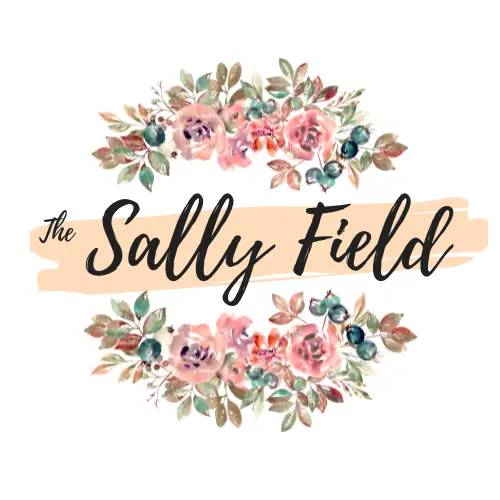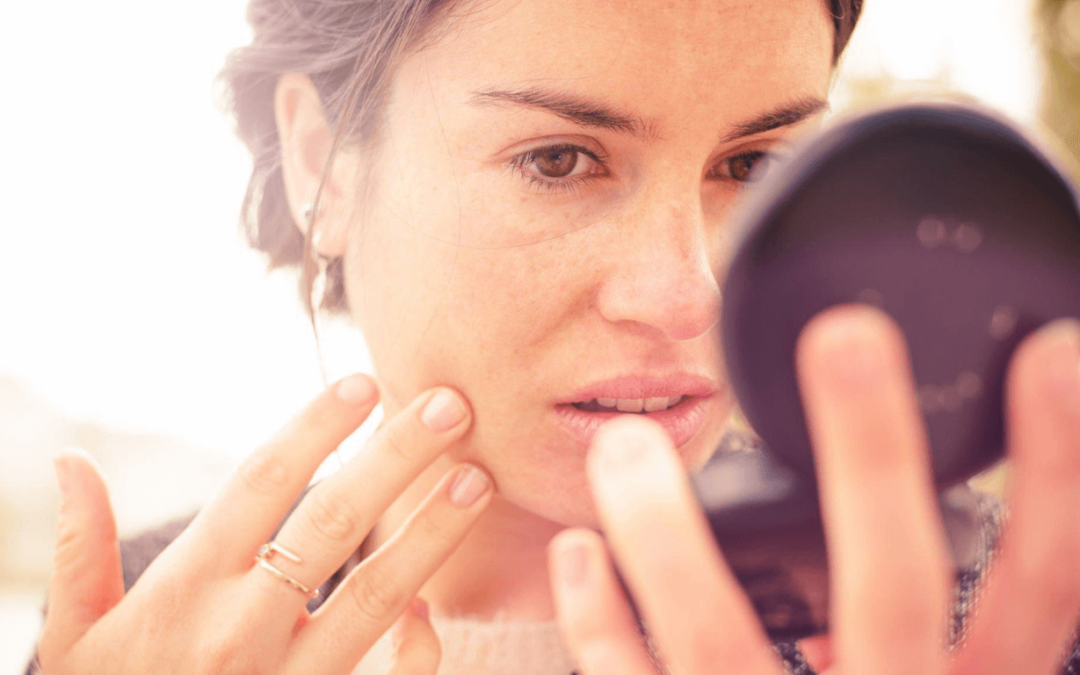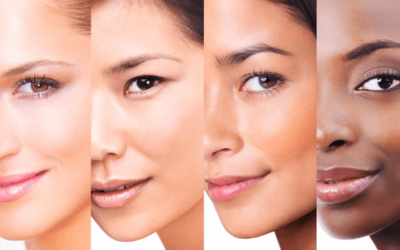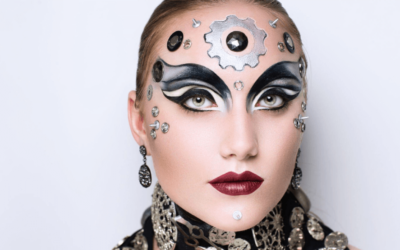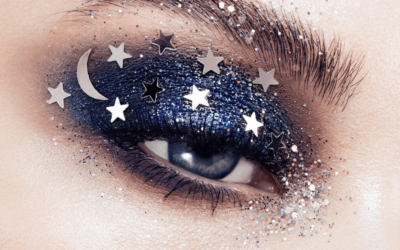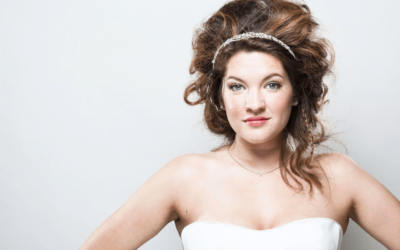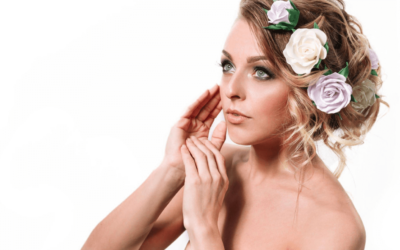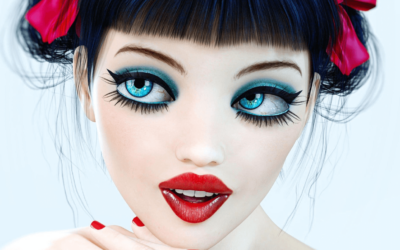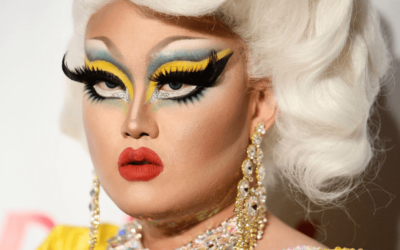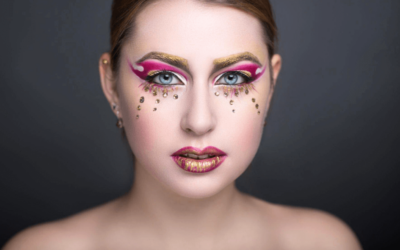In the world of beauty and self-expression, makeup holds a remarkable power to enhance our features and boost our confidence. However, there are times when the mirror reflects a result that’s far from what we envisioned.
You’re not alone if you’ve ever wondered, “Why does my makeup look bad?”
This comprehensive guide will walk you through the nuances of makeup application, detailing the common pitfalls, the science behind them, and the expert tips you need to achieve a flawless, stunning look.
Decoding Makeup Mishaps: Common Culprits and Their Effects
Foundation Fiasco: Mismatched Tones and Textures
One of the most noticeable blunders is an improperly chosen foundation. Mismatched shades can leave a distinct line of demarcation between your face and neck, which is a definite no-go for natural-looking makeup.
Similarly, using the wrong formula for your skin type can lead to cakiness, unevenness, or excessive oiliness.
Concealer Catastrophes: Concealing vs. Accentuating
Concealers are meant to cover imperfections, but they can sometimes highlight them instead.
Applying too much concealer or using a shade that’s too light can create the dreaded “raccoon eyes” effect. The key is to find the right shade that matches your skin tone and using a minimal amount for a seamless blend.
Blush Blunders: From Doll-like to Sunburnt
Blush should impart a healthy flush, not mimic a porcelain doll or a sunburned beachgoer.
Applying too much blush or using the wrong shade for your skin tone can lead to overly rosy cheeks that steal attention from the rest of your makeup.
Learning the art of a subtle blush application can transform your look.
Unruly Eyebrows: From Natural to Overdrawn
Our eyebrows frame our face, and getting them right is crucial. However, overdrawn or unnaturally shaped eyebrows can make your entire makeup appear off.
Striking the balance between grooming and maintaining your natural brow shape is essential for a harmonious look.
Lipstick Lapses: Feathering and Boldness
Lipstick has the power to command attention, but sometimes it’s for the wrong reasons.
Feathering, where lipstick bleeds into fine lines around the lips, and choosing a bold color that clashes with your overall makeup can lead to an unbalanced appearance. Precise application and color coordination are key here.
Scientific Insights: Understanding Why Makeup Goes Awry
Lighting and Perception
Ever wondered why your makeup looks drastically different in various lighting conditions? It’s not just your imagination. Lighting plays a significant role in how makeup appears on your skin.
Natural sunlight, fluorescent lights, and warm indoor lighting can all alter the way colors are perceived, impacting your makeup’s overall appearance.
Texture and Skin Interaction
The texture of your skin and the products you use can profoundly influence the outcome of your makeup. Dry skin might absorb foundation unevenly, leading to patchiness, while oily skin can cause makeup to slide off.
Understanding your skin’s unique characteristics and selecting products that complement them is essential for a flawless finish.
Mastering the Art: Pro Tips for Perfect Makeup Application
Prep and Prime
A successful makeup application starts with a well-prepped canvas. Cleansing, exfoliating, and moisturizing create the ideal base for makeup.
Additionally, using a primer can help to smooth out the skin’s texture, minimize pores, and provide a surface for makeup to adhere to, ensuring a long-lasting look.
Color Matching and Blending
The key to a harmonious makeup look lies in color matching and blending. Whether it’s foundation, eyeshadow, or lipstick, ensure the shades complement your skin tone and each other.
Blending techniques like the windshield wiper motion for eyeshadow and the stippling technique for foundation can help achieve a seamless finish.
Less is More: Buildable Application
A common mistake is piling on too much product at once. The mantra “less is more” holds true in makeup application. Start with a small amount and build up as needed.
This prevents a cakey appearance and gives you better control over the intensity of the makeup.
Tools of the Trade: Brushes and Sponges
The right tools can make a world of difference. Brushes and makeup sponges are designed to create different effects. Brushes offer precision for eyeshadow and blush, while sponges help achieve a natural, airbrushed finish with foundation and concealer.
Setting and Locking
To prevent makeup meltdowns, using a setting spray or powder is essential. These products lock in your makeup, ensuring it stays in place throughout the day. Setting sprays also add a subtle dewiness or matte finish, depending on your preference.
Embrace Your Unique Beauty: Confidence Above All
Remember, makeup is an art form that allows you to express your individuality. While mastering the techniques mentioned above can significantly enhance your skills, the most important aspect is your confidence.
Embrace the journey of experimenting, learning, and perfecting your makeup routine, and most importantly, wear your makeup with pride.
